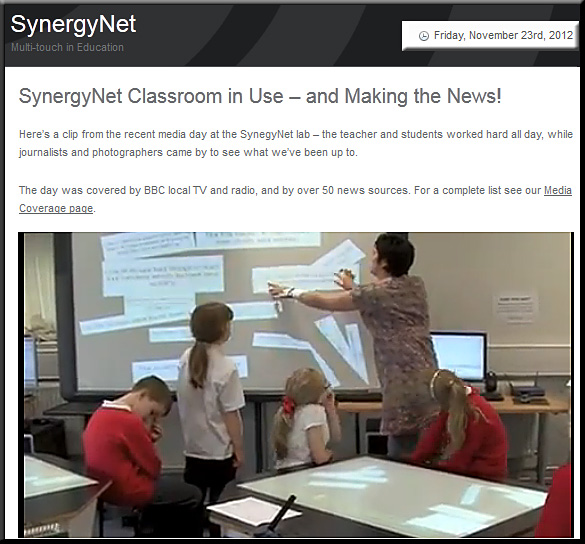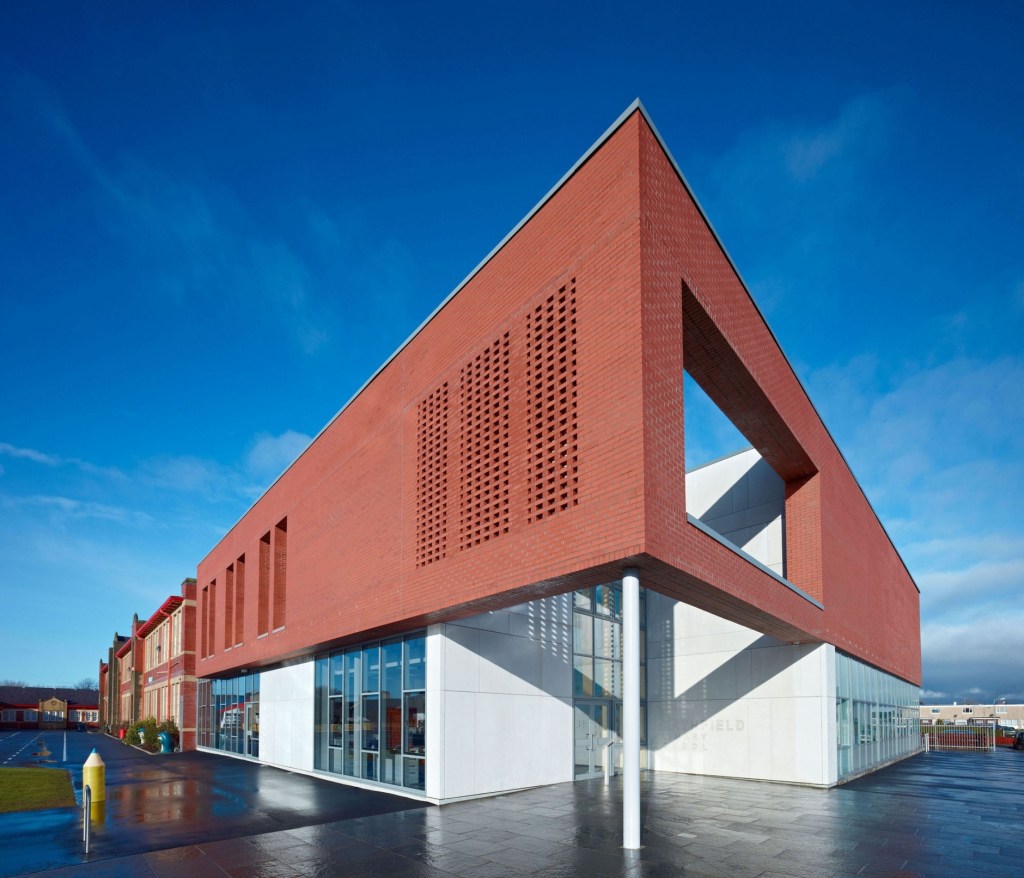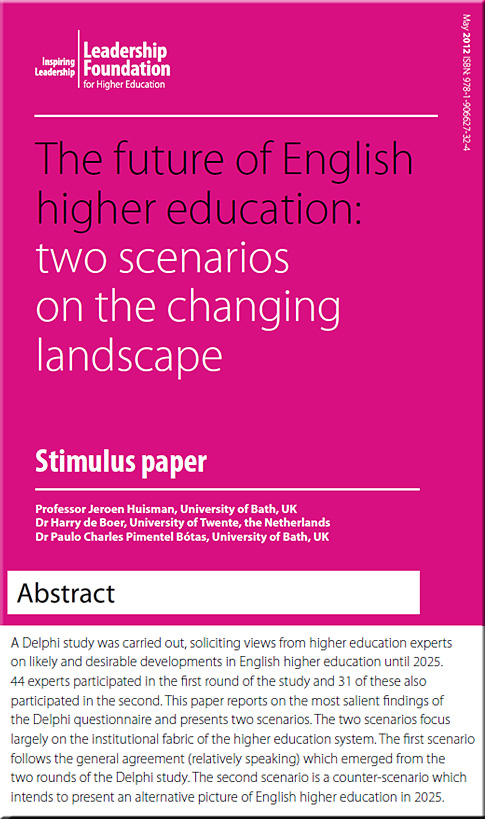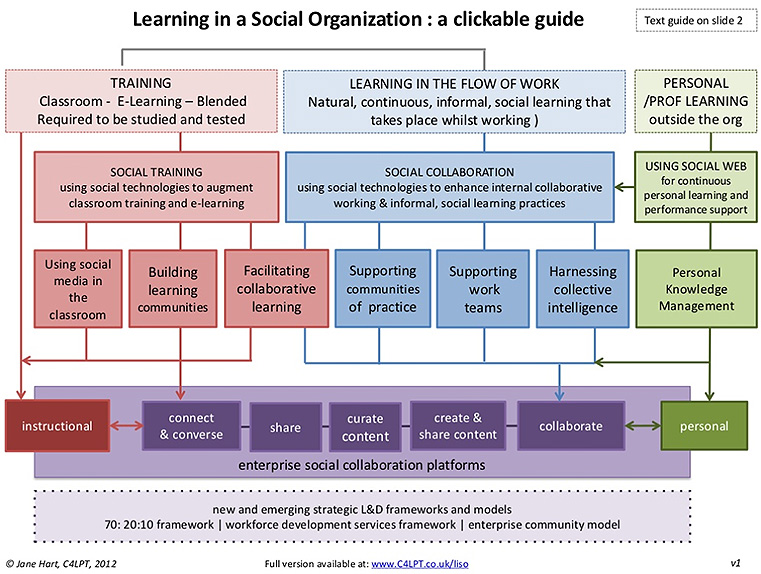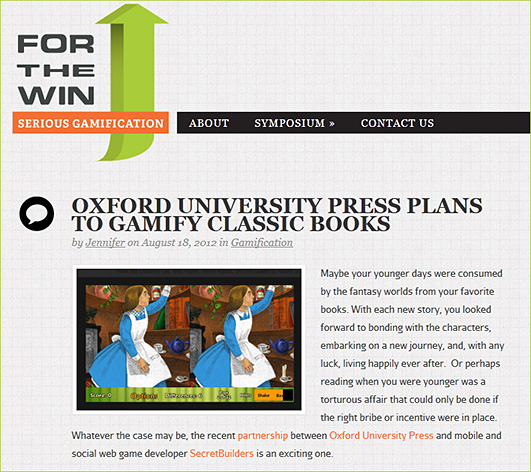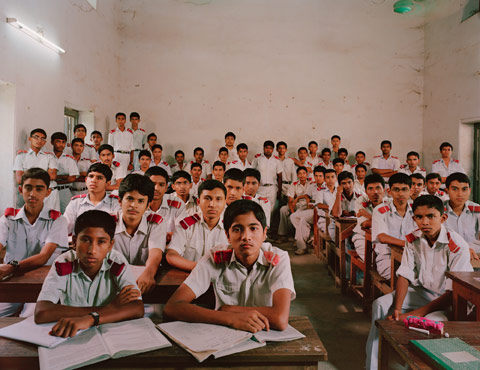Colleges lose pricing power — from the WSJ by Michael Corkery
Excerpt (emphasis DSC):
The demand for four-year college degrees is softening, the result of a perfect storm of economic and demographic forces that is sapping pricing power at a growing number of U.S. colleges and universities, according to a new survey by Moody’s Investors Service.
Facing stagnant family income, shaky job prospects for graduates and a smaller pool of high-school graduates, more schools are reining in tuition increases and giving out larger scholarships to attract students, Moody’s concluded in a report set to be released Thursday.
.
From DSC:
To me, this is just another way of saying the higher education bubble is popping. I think the bubble may pop at different times for different institutions, but the overall picture is clear: Higher ed will either reinvent itself — and hopefully quickly — or it will lose a portion of its relevance and place in society (how much is ultimately lost depends upon how much higher ed can experiment, innovate, and reinvent itself).
Also relevant here:
- Student cliff – 7 reasons for plummeting student numbers — from Donald Clark [UK]
Excerpt:
Lots of angst has appeared around what is now being dubbed the ‘student cliff’. The Vice-Chancellor of the University of Worcester says there will be 10% drop in the proportion of UK students starting degrees this year, the steepest fall in 30 years. To be precise, he predicts a 70,000 drop in applications. We have already seen a 53,000 student shortfall.











